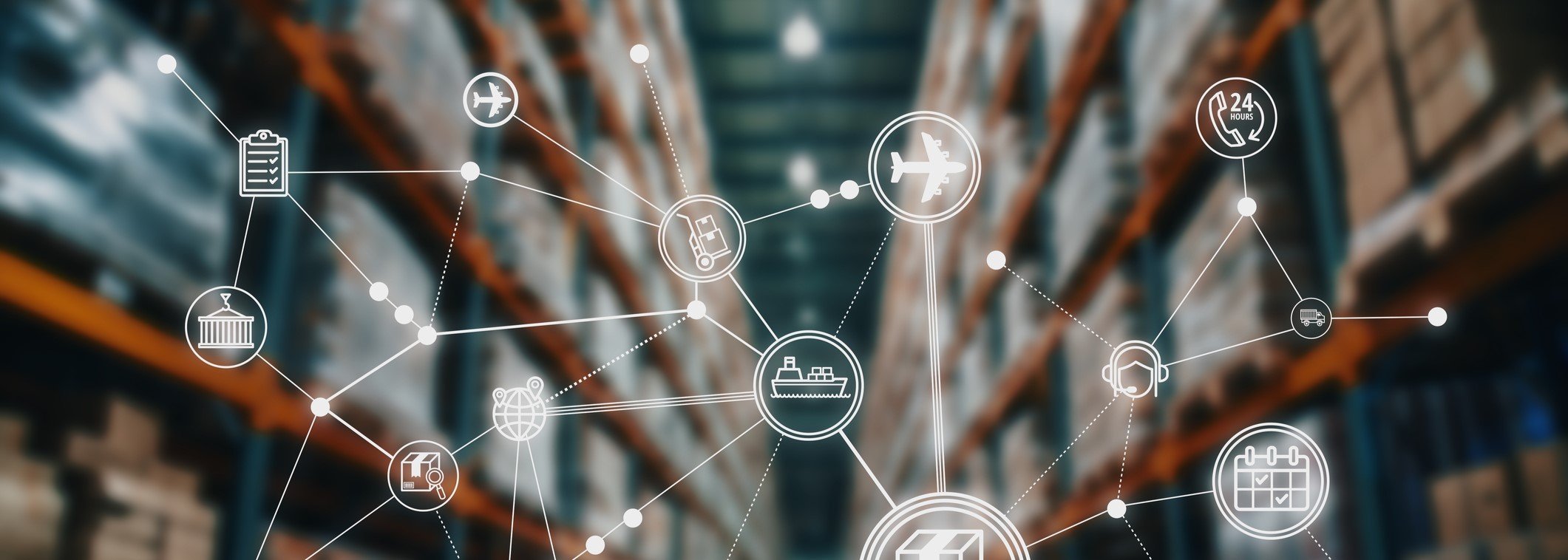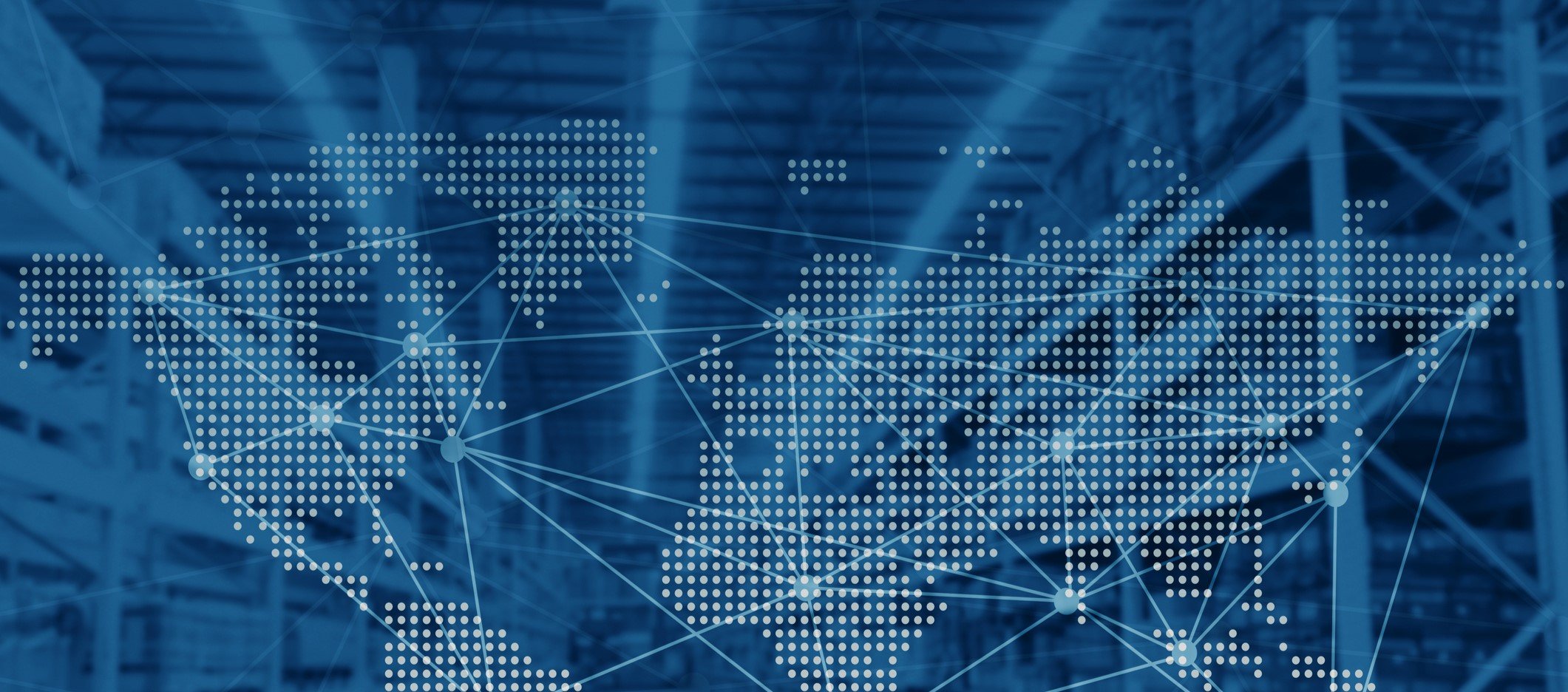
AI is revolutionizing how retailers develop, improve, and deliver their products. From enhancing efficiency by automating routine tasks to enabling real-time data analysis, these technologies are unlocking billions in untapped potential across entire supply chains.
The adoption of AI-powered supply chain management is expected to continue growing rapidly. According to a recent study, 68% of supply chain organizations are leveraging AI to improve their operations. The Global AI in Supply Chain Market is projected to grow significantly, reaching around $157 billion by 2033.
More and more retail leaders are seeing the value and planning to invest. According to a DP World survey, 43% of executives see AI as a game-changer for their organization’s supply chain.
On the other side of the retail ecosystem, customers continue to expect faster shipping times, more tailored interactions, and high-touch service. New technologies are transforming how they engage with retailers across the market and pushing brands to consider not just when but how to build a more efficient, resilient, and sustainable AI-powered supply chain.

An AI-Powered Supply Chain Workforce
Conversations across the industry are shifting from a focus on chatbots and automation to AI-Workers that can think, act, and strategically integrate across your entire business. They’re enabling supply chain leaders to reimagine what’s possible for supply chains across cost, operational efficiency, and a multitude of KPIs.
For example, these AI-augmented workforces are advancing supply chain management by preempting supply disruptions before they even occur, utilizing various internal and external variables for anticipatory analysis. These intelligent systems also go further to prescribe or perform actions that modify supply routes, order quantities, and safety stock, making sure businesses are always a step ahead in their supply chain strategy.
Industry and Supply Chain leaders are asking fundamental questions including:
- How do you use AI to enhance performance across plan, source, make, and deliver?
- How do you work with AI colleagues and robots?
- How do you build an upskilled workforce that enables humans to focus on what they do best?
- How do you make sure AI fits into the culture?
Mid-market retailers that integrate AI into their supply chain are gaining a significant competitive edge. Those who start fast and early position themselves to leapfrog past larger competitors on the journey.
Getting ahead of trends. AI’s ability to identify patterns and trends facilitates more accurate demand forecasts and optimized inventory levels.
Creating efficiencies. Companies leveraging AI to manage their warehouse inventories have reported a 35% improvement in efficiency.
Reducing costs. Half of all companies using AI-powered predictive analytics have reduced demand forecast errors by at least 20%.
Prioritizing sustainability. In a world where sustainability is no longer optional, AI is leading the charge toward cleaner, more carbon efficient supply chains by helping companies track ESG metrics and ensure compliance.
Mitigating risk. Predictive models can flag potential disruptions—like weather events or supplier delays—before they happen, giving businesses the agility to pivot their networks in real time.
Boosting satisfaction. AI-powered supply chains put humans–customers and employees–back at the center of retail experiences. Employees get to focus on what they do best, and customers reap the benefits of great products brought to market by their favorite retailers.
Barriers to Entry
Leaders across the retail industry see AI moving faster than their business and question how to go about making meaningful strides with implementation given the rapid pace of change.
Uncertainty about the future, concerns about risk, and fear of disruption present significant barriers for many mid-market brands. Even after moving past those challenges, companies find themselves navigating poor data quality and availability, fractured legacy systems, and integration issues.
From a people standpoint, retailers without the right functional and technical expertise struggle to identify and pursue the right use cases & opportunities. Frontline workers often view the introduction of AI as a zero-sum game that presents a risk to their job security. This creates a culture of negativity, resistance to exploring new tools, and change adoption challenges.
With proper planning and execution, supply chain leaders can go beyond the boundaries of these challenges and pave the way for a more efficient and agile supply chain.
Being bold and pushing boundaries is enabled by the essentials—well-structured data, clear ways of working, and a human-centered framework for change.

Getting Started: Now, Next, and Later
The answer to the question “Where do I start?” differs across organizations based on budget, existing supply chain networks, and other technical conditions. Our team of retail and supply chain experts partner with retailers to develop strategic plans across near-term, medium-term, and long-term transformation initiatives.
This staggering gives leaders a vision for what’s possible today and helps them work ahead of any technical challenges or adoption issues on the horizon.
Now – Align & Pilot
Establish Governance Frameworks
Develop policies and procedures to oversee AI initiatives, addressing ethical considerations, compliance, and risk management.
Assemble a Cross-Functional Team
Bring together stakeholders from relevant departments (e.g., IT, sales, customer support) to develop a clear ambition and roadmap for AI.
Select High-Impact Use Cases
Identify 1–2 AI projects with clear business value, such as predictive inventory availability, demand sensing, or transportation route optimization.
Develop and Deploy Pilot Solutions
Utilize existing data to build and launch AI models in a controlled environment, allowing for real-world testing and validation.
Monitor Performance and Gather Feedback
Assess the pilot's effectiveness against predefined metrics and collect user feedback to identify areas for improvement.
Develop a Roadmap
Outline the sequence of activities to deliver AI at scale based upon your organizations goals, pilot learning and Level of maturity.
Next – Expand & Integrate AI into Core Operations
Scale Successful Pilots
Extend the reach of successful AI projects across the organization, ensuring they are integrated into daily workflows and processes.
Enhance Data Infrastructure
Invest in robust data management systems to support increased AI workloads and ensure data quality and accessibility.
Provide Training and Support
Equip supply chain employees with the necessary skills to work effectively with AI tools through targeted training programs and resources.
Foster a Culture of Innovation
Encourage continuous improvement and experimentation with AI to drive ongoing value and adaptation.
Implement a Continuous Use Case Evaluation Process
Develop a structured approach to regularly assess and prioritize AI use cases across the supply chain based on factors like feasibility, potential impact, and alignment with strategic goals.
Later – Optimize & Automate
Automate Complex Processes
Leverage AI to handle intricate tasks, reducing manual intervention and increasing operational efficiency.
Enhance Decision Making
Embed AI into decision-making & automation.
Explore Advanced AI Applications
Investigate emerging AI technologies and methodologies to further innovate and maintain a competitive edge.
Establish Performance Measurement
Assess the overall contribution of AI initiatives to supply chain performance & organizational goals, ensuring alignment with strategic objectives.
Seizing the Opportunity
Operational synergies with emerging technology will never be more important than when integrating AI and automation into new operating models. Being bold and pushing boundaries is enabled by the essentials—well-structured data, clear ways of working, and a human-centered framework for change.
Take your workforce on this journey from start to finish. Include them in the dialogue; keeping the human in focus is critical when designing, developing, and evolving innovative solutions.
Start with the end in mind before deploying specific technologies. Retailers who leapfrog past larger competitors in this space know what problems they’re trying to solve, what processes will be impacted, and who to bring with them on the transformation journey.

RELATED INDUSTRIES
RELATED SOLUTIONS








